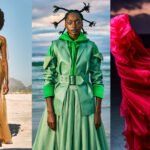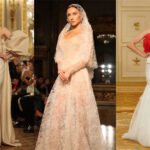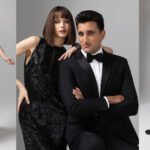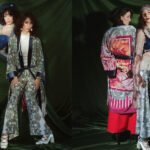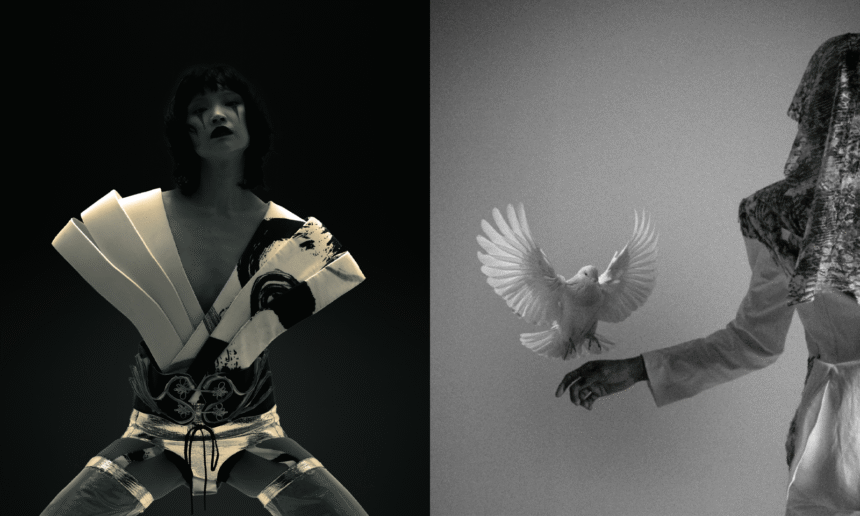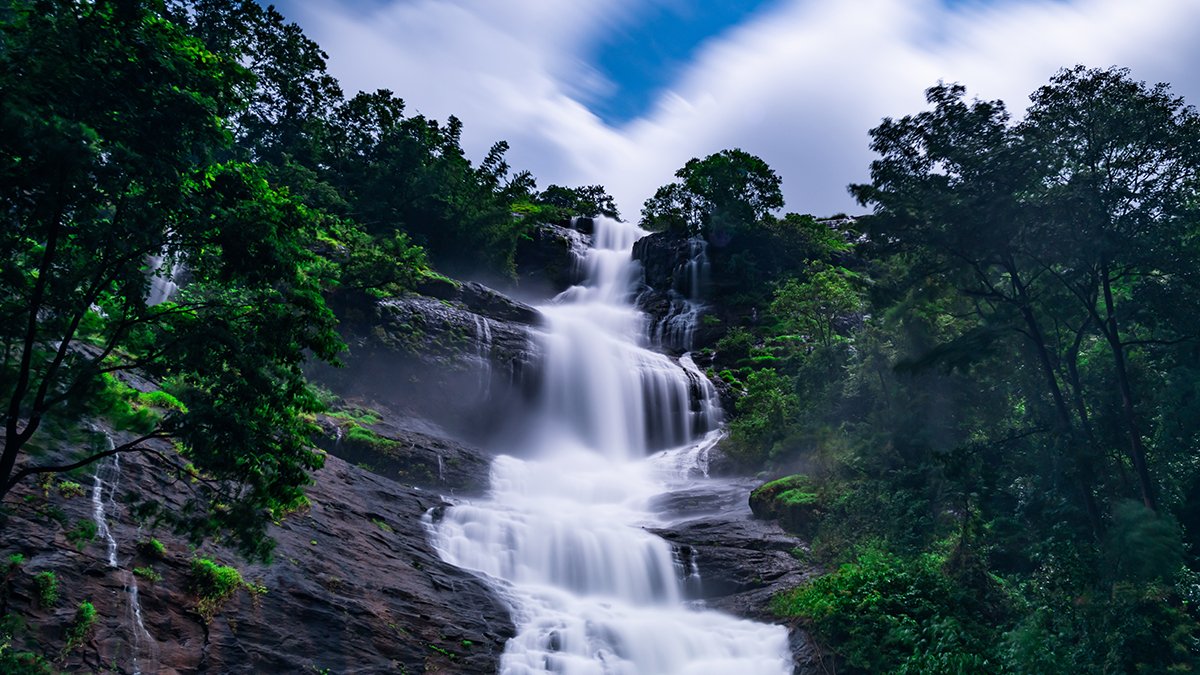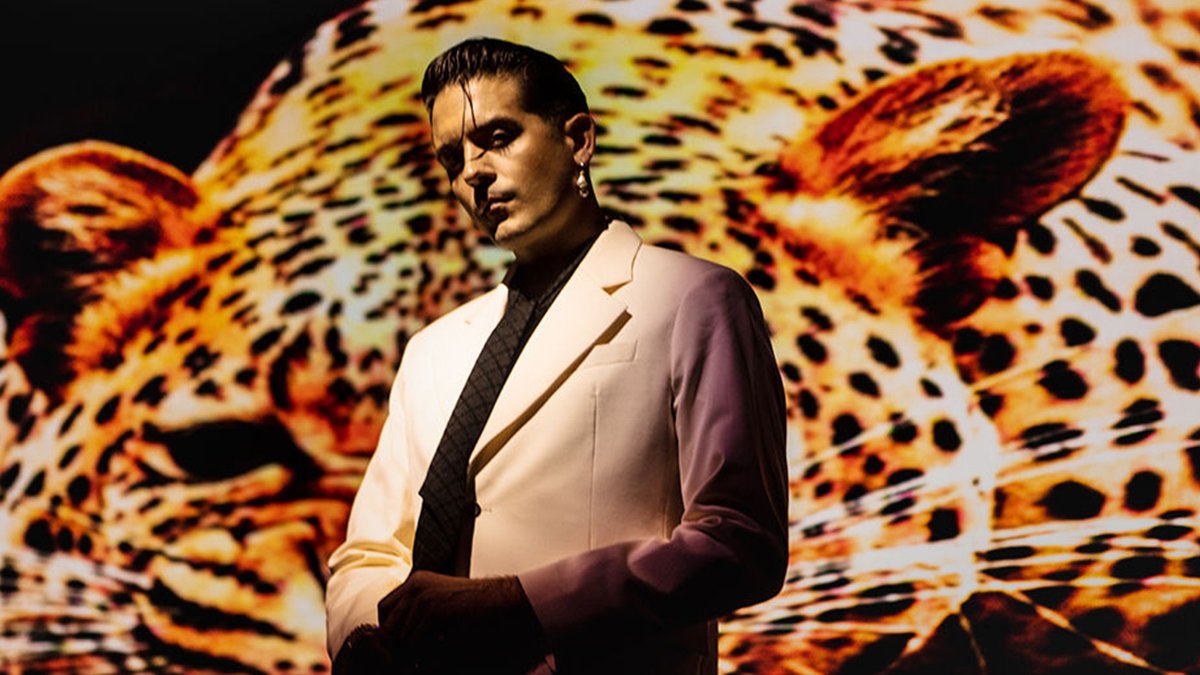Some photographers chase the perfect shot. Others wait for it in silence. For Bochun Cheng, photography is less about spectacle and more about stillness. It’s a way to hold emotion without explaining it, to make the unsaid feel seen. His work doesn’t shout. It lingers. And in that lingering, it speaks volumes.
Credits:
Photographer: Bochun Cheng @bochun.c
Model: Hsiaowei Hsiang @hsiaowei.hsiang
Makeup: Willie Huang @willieh.mua
Hair: Enyu Wu @enyu_makeup
Location: yaoyao_mua
Fashion: Meiju Shen, videmus omnia
In a world obsessed with speed and spectacle, Bochun is drawn to the in-between. The pause before movement, the quiet after meaning. His photographs blur the line between memory and dream, grounded in cultural nuance and emotional depth. In this deeply personal conversation, he reflects on his early moments of creative clarity, the influence of Taiwan’s quietude and New York’s noise, and why he believes the best images aren’t answers but questions waiting to be felt.
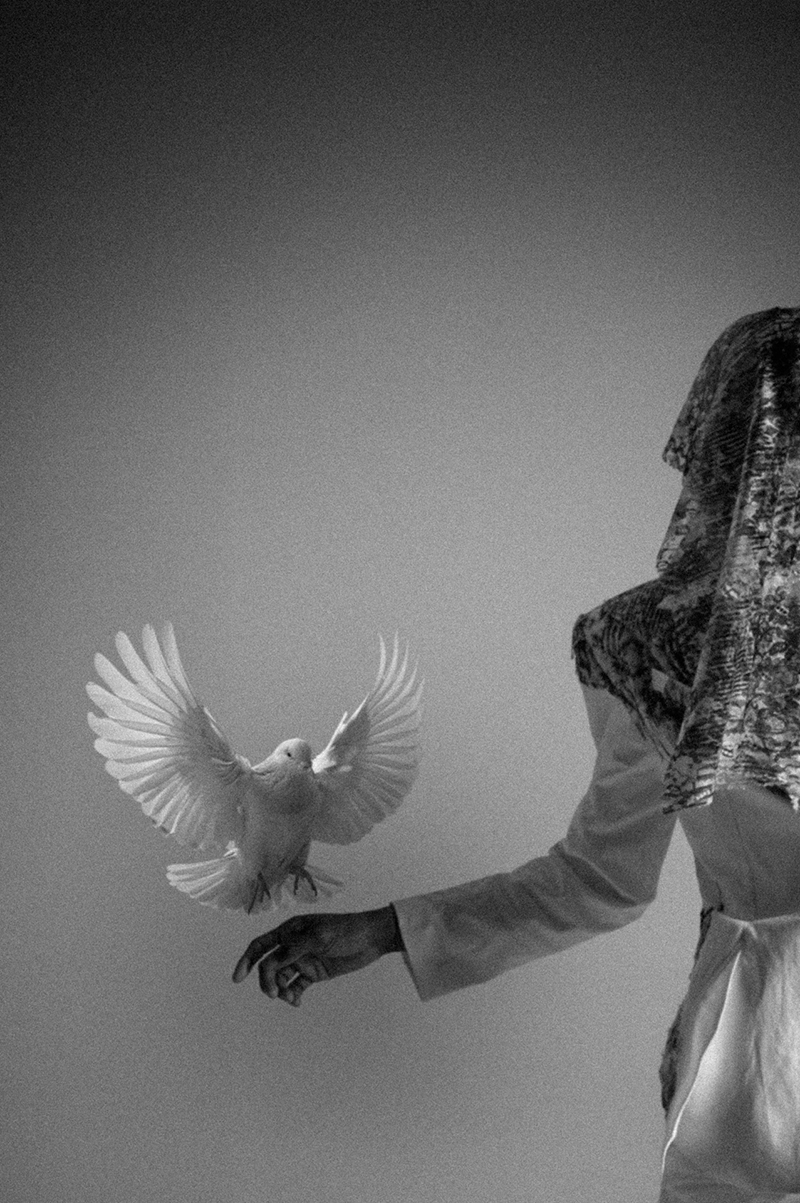
Do you remember the first photo you took that made you think, “This is it. This is what I want to do”?
I do. I watched a friend— a documentary photographer—capture everyday moments of people around him. Each photo was rich in colour and full of emotion. They weren’t just images; they were fragments of memory and feeling. I was deeply drawn in. That’s when I realized photography isn’t just about making pictures—it’s a way of documenting, of connecting people through time and emotion.
What kind of images naturally form in your head when you’re not thinking about the next shoot or campaign?
“Emptiness”—a kind of stillness and void. I’m drawn to that state where nothing is present, yet anything could happen. It’s not avoidance; it’s emotional purity. When I’m free from pressure, my mind builds quiet, beautiful scenes: an empty house at dusk, a lone figure at a street corner. There’s solitude, but also truth.
Your work has a calm, surreal quality to it, almost like a dream in still form. Was there a moment or influence in your life that led you in that direction?
I grew up in Taiwan, a culture shaped by restraint and quietude. The space between people and the rhythm of daily life taught me to perceive the world through observation. Later, moving to New York—with all its speed and noise— made me crave stillness and reflection even more in my images. Gregory Crewdson had a huge impact on me. His work looks calm on the surface, but is loaded with tension—like something is about to break. I love that contradiction. My time at Pratt Institute helped me translate inner emotion into visual language. My work doesn’t tell stories outright. It’s more like a fable or a premonition—filled with suggestion, waiting for the viewer to interpret.
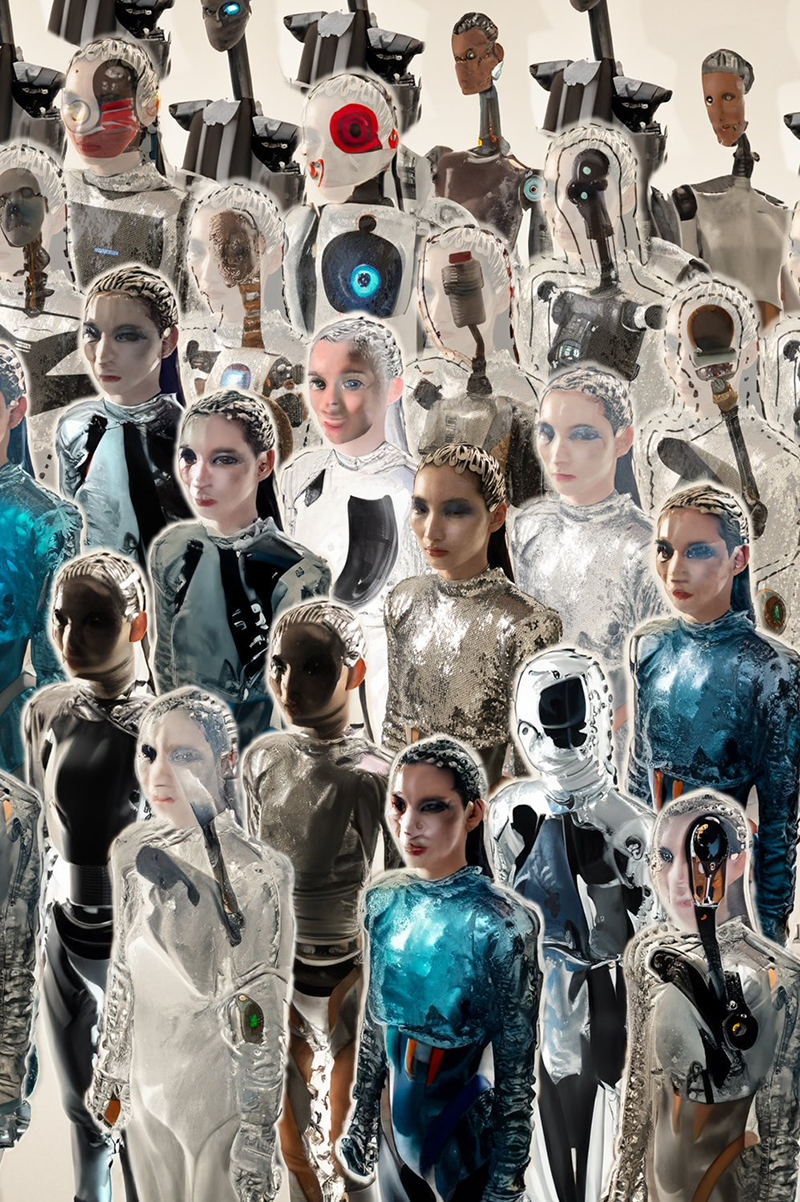
You grew up in Taiwan and now live in New York. Do you find that your cultural identity shows up in your work, even unintentionally?
Yes. Asian culture taught me restraint, silence, and suggestion. Even though I now mostly shoot within a Western fashion context, my composition and colour choices tend toward subtlety and understatement. It’s not deliberate—it’s just ingrained in how I see.
Do you ever feel a tension between global fashion aesthetics and your own visual instincts? How do you navigate that?
There is tension, especially in commercial work. Global fashion often pushes for spectacle, speed, and exaggeration, while I lean toward slowness and quiet frames. But I’ve learned to use that tension—to fulfill the client’s needs while subtly embedding my gaze into the image.
Do you see photography more as a way to tell stories or as a way to ask questions?
To me, photography is a form of questioning. I don’t like giving answers. I want to create an atmosphere of incompletion, of something unsaid. I want the viewer to wonder: What happened before this moment? What comes after? Photography, for me, is an open narrative—not a conclusion.
What’s something you used to focus on technically that you’ve since let go of?
The refinement of lighting. In the beginning, I was obsessed with the precision of light, tonal gradation, and post-processing. I chased perfection. But over time, I realized it’s the raw, imperfect moments on set that resonate more deeply. Now I care much more about the emotional state a photo conveys than technical flawlessness. Technique is a tool, not a goal.
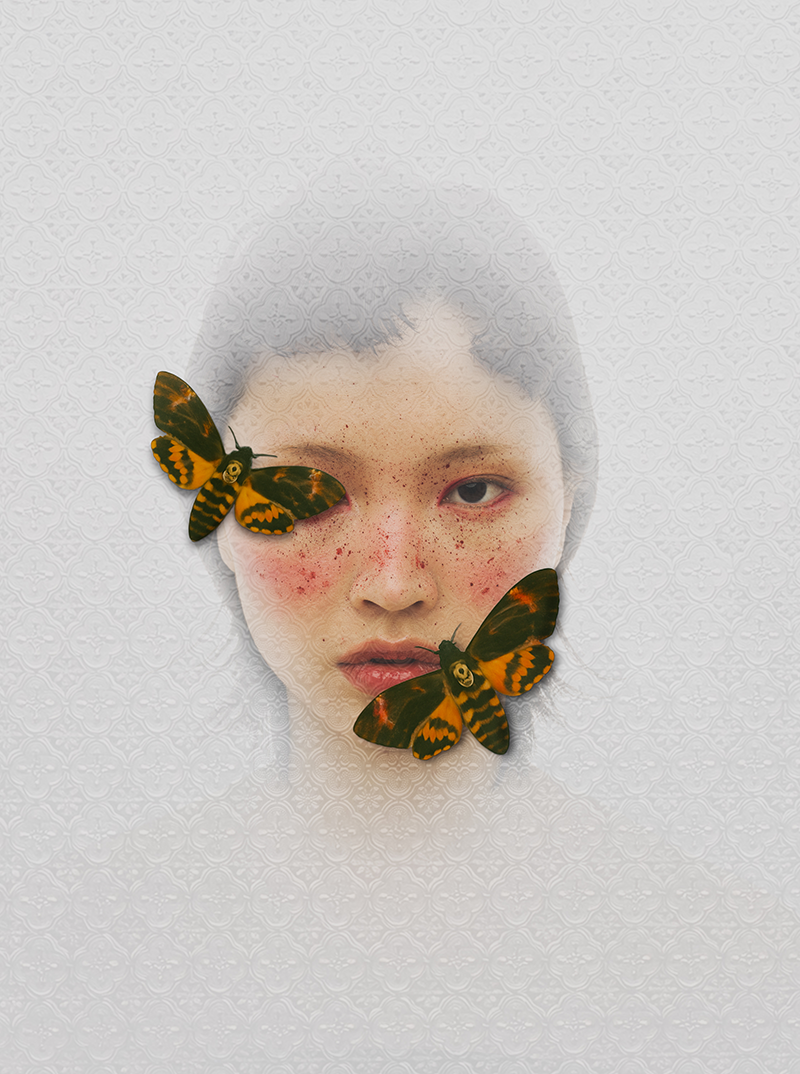
Is there a shoot or personal project that changed how you see photography— or even the world around you?
The nude portrait project I created with WOKY had a strong impact on me. It made me rethink the intimacy between object and human—the warmth, texture, and sense of safety between skin and ceramic. I began to feel that a product isn’t just something to display; it carries life and ethical presence.
How do you know when a photo is finished? Is it a gut feeling or something more deliberate?
It’s instinct—a physical pause. I suddenly stop scrolling, stop editing. It’s like a hitch in my breath. The image may not be what I planned, but it feels inevitable. That’s when I know—it’s done.

Has your relationship with photography changed over time? Does it still feel like play, or has it become work?
It has changed. Photography used to be an escape for me—pure play, a weightless exploration of the world. But with time and experience, it has become a responsibility. I ask myself: Who is this photo for? Who am I speaking for? What am I trying to say? But when everything aligns—when emotion and image meet in rhythm—I still feel joy. It brings me back to that original sense of freedom. Photography, for me now, isn’t just about using a camera. It’s about how I see. Even without a shutter, I’m still capturing with my eyes. That is my photography today.
If you could pause everything and create a project just for yourself—with no deadline or expectation—what would it be about?
I would photograph the arc of a human life. Using surreal, metaphorical language, I’d reimagine each stage—childhood, confusion, growth, loss, loneliness, and reconciliation. It wouldn’t be a documentary. It would be a rhythm of symbols and feelings. Every person’s life is like a silent film—I’d like to offer a poetic voiceover, in my way.



